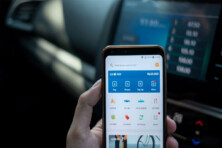Internet of Things: what is it, and how can it be used?
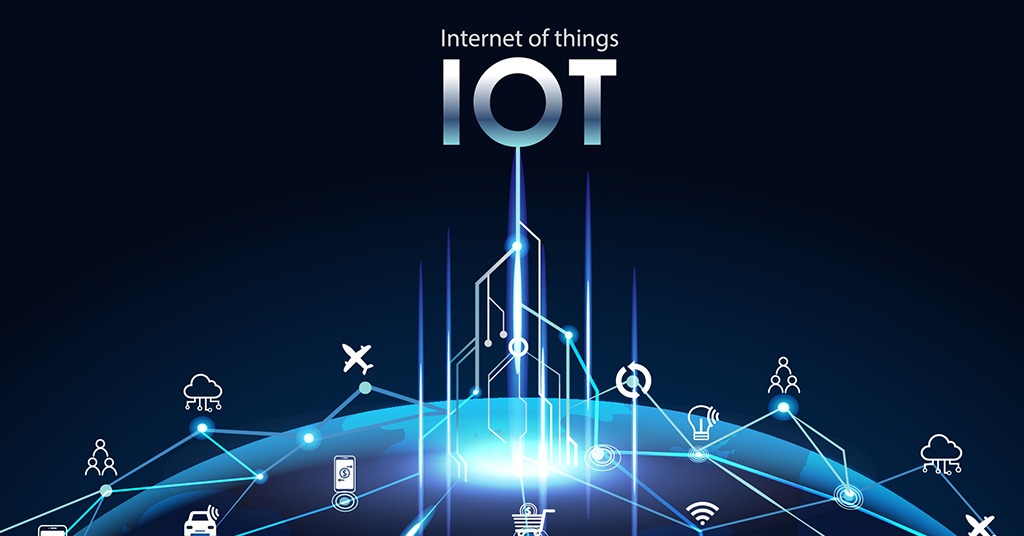
Here’s everything to know about the Internet of Things. Source: shutterstock.com
Today, PaySpace Magazine has decided to face an extremely interesting issue – IoT, also known as the Internet of Things. We believe that most of our readers know what it is, or at least have some vague knowledge about it.
Therefore, we would like to consider this concept and provide you with the most adequate and understandable answers.
What is the Internet of Things?
According to Statista, the number of devices connected to the Internet passed the 20B mark in 2017. What’s more, Cisco anticipates that there will be no less than 50B of Internet-connected devices by 2020. Internet of Things concept is not just about a smart fridge which can order the owner’s favorite food, or a new-age top-notch electric smartphone-controlled kettle that starts to boil water by a signal from a specific app. It is also about smart sensors in the fields, drones with cameras, which can monitor soil condition remotely. Moreover, IoT is about sensors in public transport and unified systems for monitoring of city life, and even more. In other words, in a few years, IoT will become the world around us. If you do not fully understand what it is, or some aspects of it, we will try to explain it in simple terms.
Some interesting facts from the history
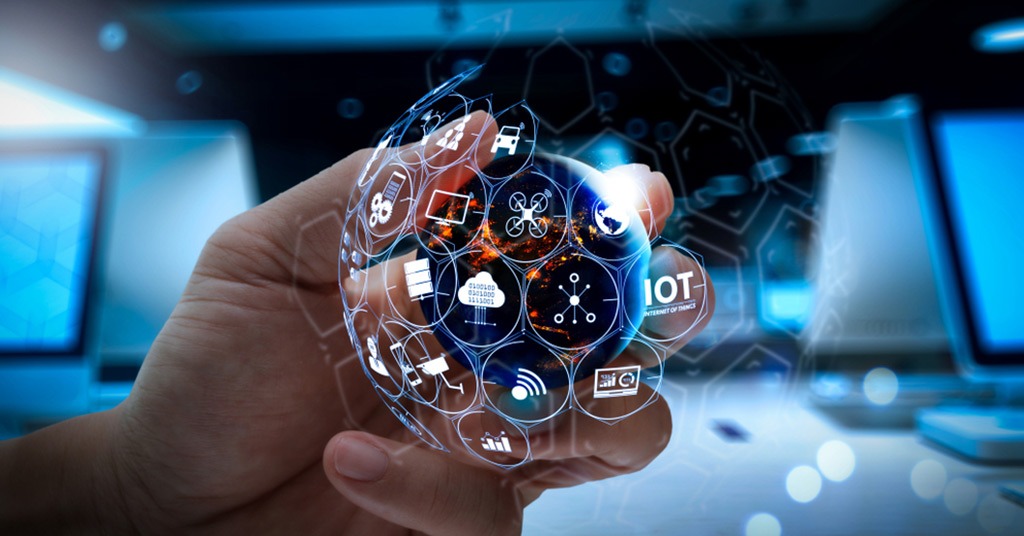
Let’s see if we have something interesting in world history related to the Internet of Things. Source: shutterstock.com
Let’s see if we have something interesting in world history related to the Internet of Things. Of course, there are many facts, such as the creation of the Internet per se, creation of the first web page, etc. It would be almost impossible to list them all, so we have noted the most interesting, appropriate, and closest to the Internet of Things concept facts:
- In 1926, Nikola Tesla in an interview with Collier’s magazine said that in the future the radio will be transformed into a “big brain”, all things will become the part of a whole, and the tools and appliances that make it possible will easily fit in a user’s pocket.
- In 1990, an alumnus of MIT, and one of the fathers of TCP/IP protocol, John Romkey, created the first IoT device ever. He connected a toaster to the Internet.
- The “Internet of Things” term was first introduced by Kevin Ashton in 1999. In the same year, the Auto-ID Center (today Auto-ID Labs) was created, and it specialized in radio-frequency identification (RFID) and emerging sensing technologies. Actually, the IoT concept has been widely disseminated, thanks in large part to this research group.
- In 2008-2009, there was a transition from «Internet of People» to «Internet of Things», that is to say, the number of Internet-connected devices exceeded the number of people.
What is it?
There are a lot of definitions of the Internet of Things. We will define the Internet of Things as a single network connecting both objects of the real world that surrounds us and virtual objects.
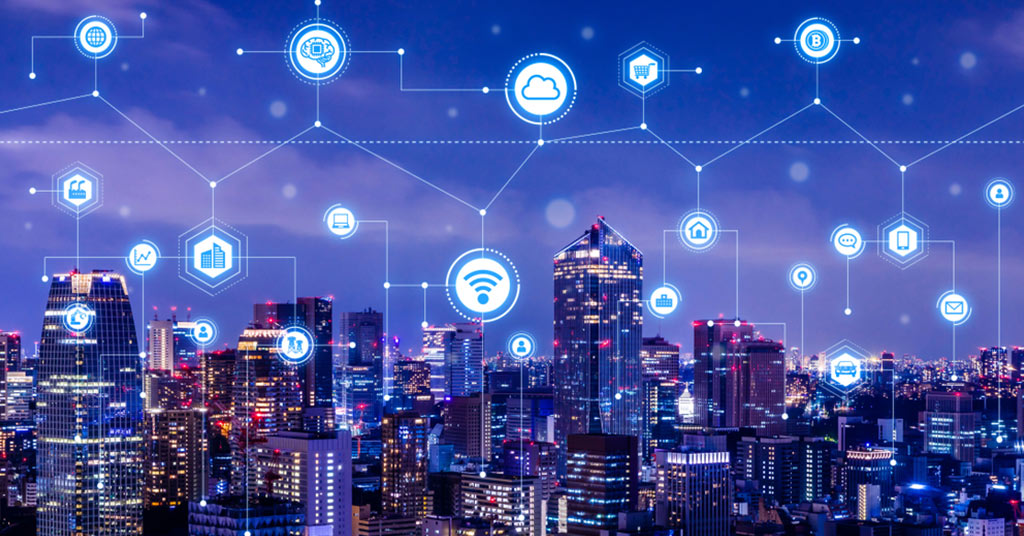
Internet of Things is a single network connecting objects of the real world and virtual objects. Source: shutterstock.com
However, there is a reason to go a little deeper, and it will be reasonable to say that Internet of Things is not just a multitude of different devices and sensors, interconnected by wired and wireless communication channels and connected to the Internet, but it is a closer integration of the real and virtual worlds, in which communication takes place between people and devices. It is also right to say that IoT is not just about devices that go online and interact with each other. This is also the connection method M2M (machine-to-machine), which is done without human intervention, or is the big data that is generated by devices today.
In the future, “things” are supposed to become active participants in business, information and social processes, where they can interact and communicate with each other, exchanging information about the environment, reacting and influencing processes in the outside world, without human intervention.
According to Rob van Kranenburg (the Founder of Council_IoT and IoTDay), Internet of things is a “four-layer pie”:
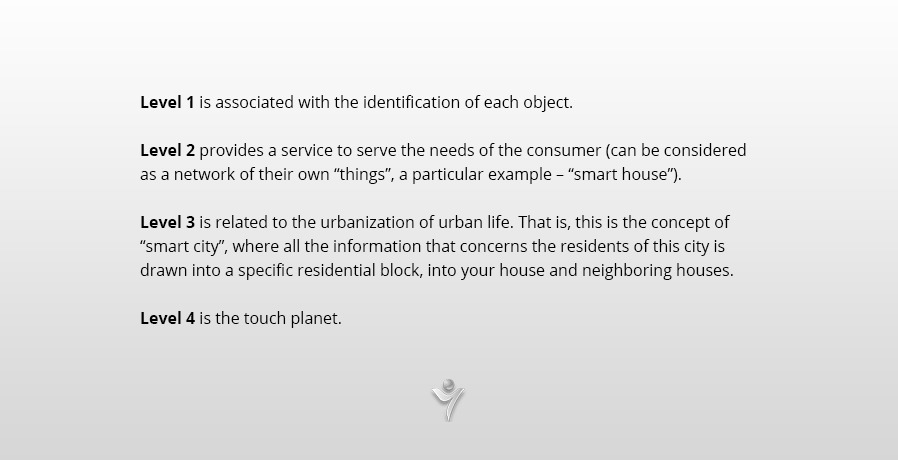
On the other hand, Internet of things can be considered as a network of networks in which small networks form larger ones.
Areas of use
Actually, there is a huge number of different areas. It can be used in any industry where something can be automated. IoT is rapidly gaining ground in the agricultural sector, logistics, and Smart City concept. You can note that there is a consistent pattern – those areas have a need for remote monitoring of the state of objects, or collecting data for the purpose of subsequent analysis. IoT makes it possible to save on equipment maintenance since the sensors are able to collect information about the condition of this very equipment, therefore maintenance and repairs are performed exactly when needed.
Here are some examples of the use of IoT in real life:
Cities
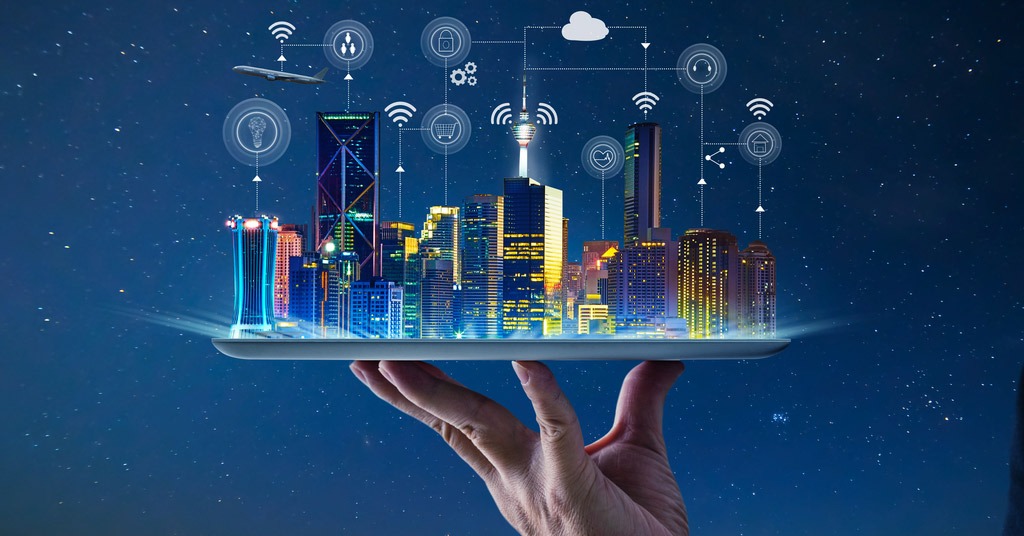
IoT can be widely used in cities. Source: shutterstock.com
Public transport in cities using roads with sensors, garbage cans with filling sensors, planning routes of transport based on data on the movement of people around the city, video surveillance, monitoring the water level in reservoirs, noise and pollution sensors making cities more convenient and safer. The big data that is collected with the help of those sensors enable the city authorities to better understand the needs of their residents.
Agricultural sector
In the agricultural sector, the Internet of Things relieves the issue of the state of the soil. Sensors in the ground record indicators: whether there is enough moisture, whether plants need nutrition, etc. Drones record data and transfer it to agronomists and engineers as well. Neural networks can assist engineers in assessing soil condition. It is no longer necessary to walk through every part of a field in order to control the harvest condition and monitor every bug. The Netherlands, being a small country with a high population density, is one of the world leaders in the cultivation of food, and this has become possible thanks to IoT.
Logistics
Thanks to the Internet of Things, the delivery of any goods from manufacturer or warehouses to stores is much more predictable, and it is important for both consumers and business. Logistics companies can track where their vehicle is.
Smart buildings and smart home concept
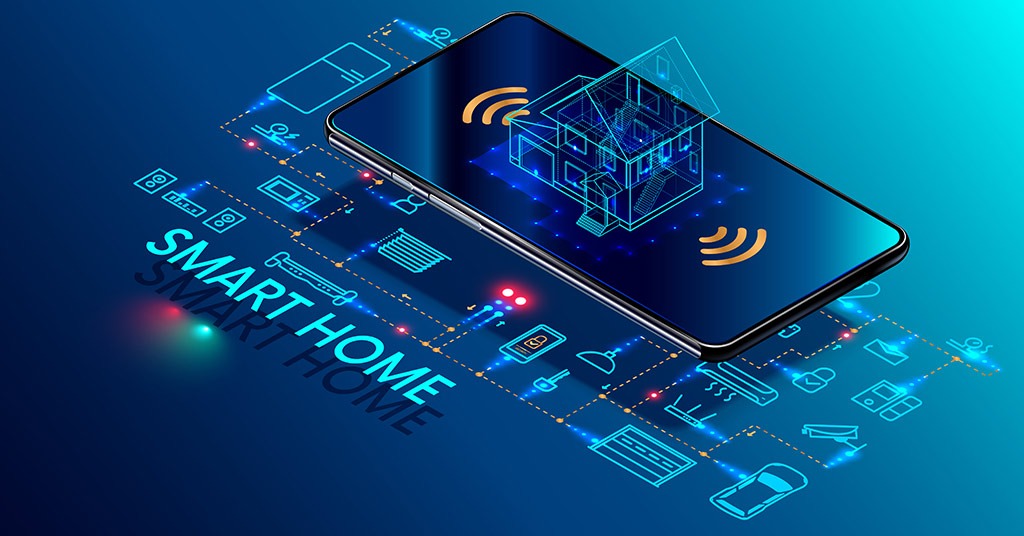
IoT and smart home are related concepts. Source: shutterstock.com
The smart counters record how much energy is consumed during the month, so there is no need to check readings yourself. Some solutions for smart homes even show how much a particular light bulb or household appliance is consuming, if they are connected to the network. Smart elevators notify about malfunctions, heat control systems in the house remotely show the temperature in the room and can be activated via a smartphone. Furthermore, IoT makes it possible to realize the dream of a safe smart home, providing various opportunities: from voice recognition to identifying people outside the front door.
Health care
The Internet of Things can change the sphere of healthcare thanks to the appearance of various solutions: from medical portable devices to tablets for the quick response and complex surgical equipment.
Security system
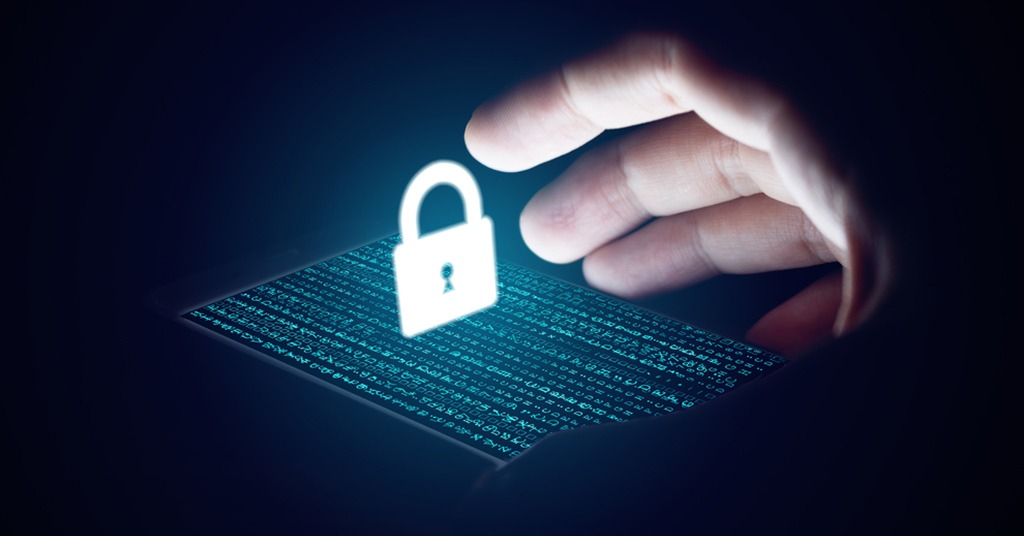
Security systems become part of the life of both individual businesses and entire cities. Source: shutterstock.com
Video surveillance and security systems become part of the life of both individual businesses and entire cities. And yes, in case you didn’t know, surveillance cameras with face recognition in the subway are also the part of IoT.
Retail
Supermarkets without cashiers, cameras that recognize the emotions of customers, virtual and augmented reality, which allow you to tell about the product more – these technologies already exist, and sooner or later they will get to more remote corners of the Earth.
Power engineering
The IoT enables vast quantities of power system devices to exchange information in real-time. It helps to distribute energy and manage its consumption in a more efficient way.
Trade and financial services
For the retail industry, the Internet of Things offers unlimited opportunities to improve the efficiency of the supply chain, the development of new services and the creation of new opportunities for buyers.
Problems and gaps
Today, the major problem of IoT is the lack of standards in this area, which makes it difficult to integrate the solutions offered on the market. It hampers the development of new solutions.
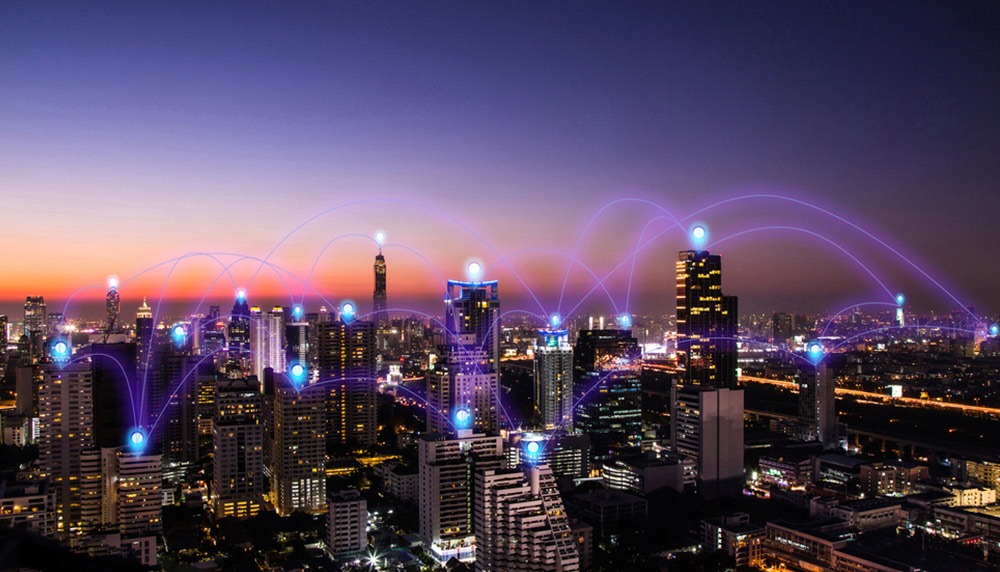
The development of the IoT guarantees that more and more items will connect to the global network. Source: shutterstock.com
IoT devices manufacturers have different connectivity standards, and it can be a problem if you buy them non-systemically. There is a standard for smart home devices in Europe, and it is called Z-wave, while the USA has its own, called Zigbee. The Netherlands and Singapore have built national networks for the Internet of Things in the LoRa standard, which operates at a low frequency and requires a minimum of stations to cover large areas.
It is anticipated that the ideal communication standard for the Internet of Things will be 5G, but real commercial products based on this technology will only be produced in a few years time. So far, devices are poorly compatible with each other, and the implementation of solutions must be approached in a comprehensive way.
There is another issue which is emerging – the lack of resources for storing and processing of information, when we are not talking about home use, but about business or governmental solutions. The infrastructure requires large instant investment. In addition, the development of the system takes time, and we are talking about months, or even years (tenders, purchasing, installing, and setting up equipment, etc).
The presence of a huge network that controls the entire world around us, global openness and availability of data and other features can have negative consequences on our lives. We believe everyone can make a list of the possible threats and problems of this technology, and this list will be rather extensive.
Nevertheless, all the drawbacks are not so significant compared to what the Internet of Things can provide.
The development of the Internet of Things guarantees that more and more items will connect to the global network, thereby creating new opportunities in the field of security, analytics, and management, while representing future prospects and promoting the improvement of the quality of life of the population.
SEE ALSO: Smart home technology: pros and cons


